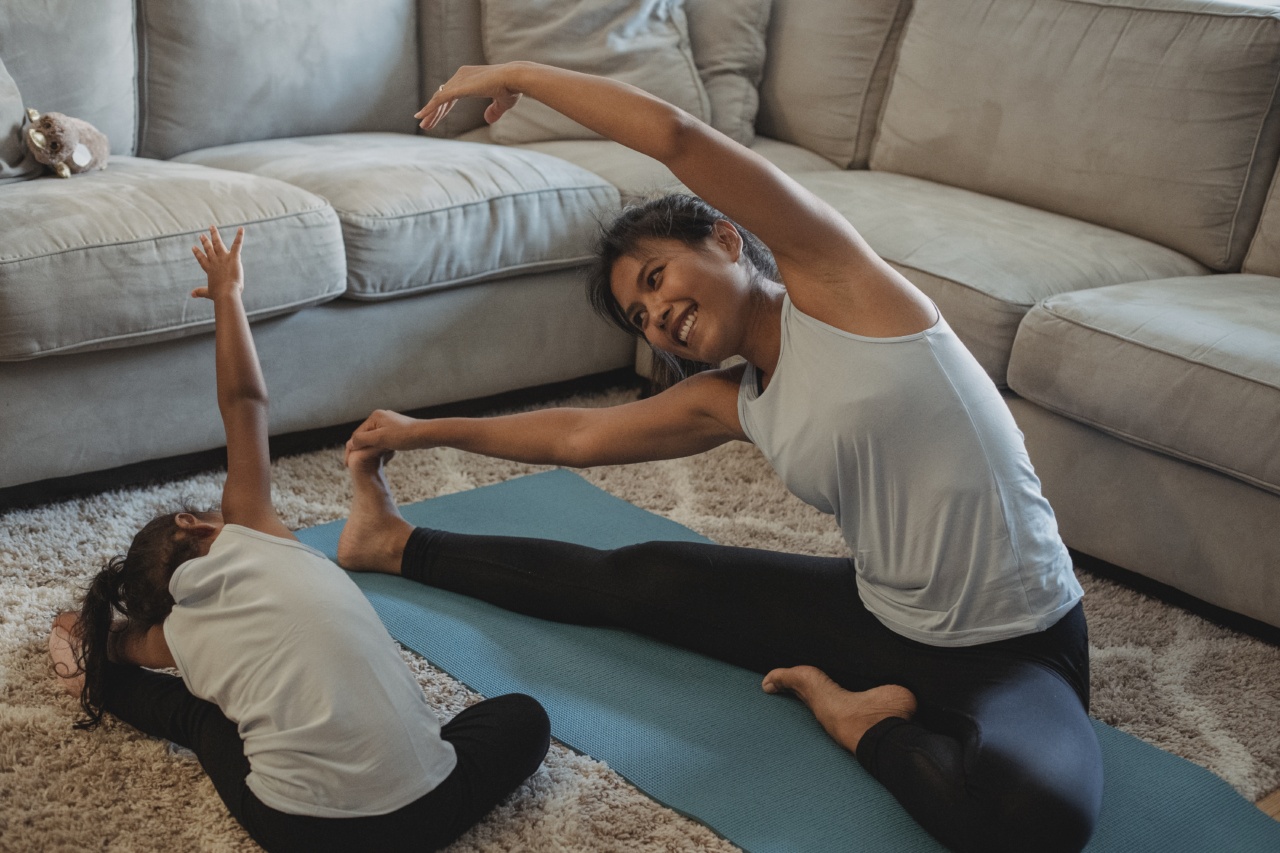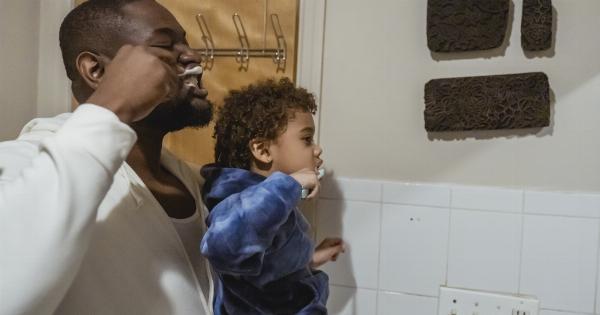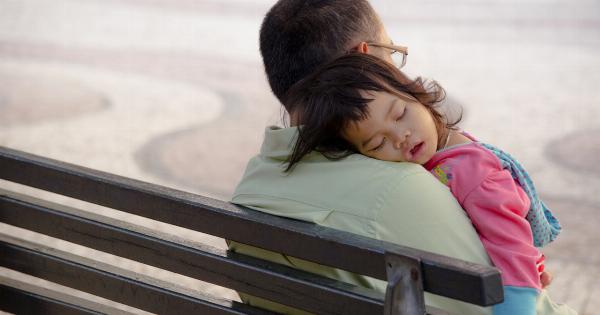In today’s digital age, children are spending more time indoors in front of screens, leading to a sedentary lifestyle and an increased risk of obesity and other health issues.
It is crucial for parents to encourage their children to stay active and healthy. In this article, we will provide you with valuable advice on how to keep your kids active and promote their overall well-being.
1. Set a Good Example
Children often imitate their parents’ behavior, so it is essential for you to set a good example by leading an active and healthy lifestyle yourself.
Make exercise a part of your daily routine, engage in physical activities with your kids, and opt for healthy food choices. By doing so, you are not only promoting good habits but also spending quality time with your family.
2. Encourage Outdoor Play
Outdoor play is crucial for children’s physical and mental development. It helps them improve their balance, coordination, and social skills.
Encourage your kids to engage in activities such as biking, swimming, playing on playgrounds, or even going for nature walks. Provide them with opportunities to explore the outdoors and connect with nature.
3. Limit Screen Time
Excessive screen time is one of the leading causes of sedentary behavior in children. Set clear rules and limits on the amount of time your kids can spend watching TV, playing video games, or using electronic devices.
Encourage them to engage in other activities, such as reading a book, pursuing a hobby, or playing a board game.
4. Make Physical Activity Fun
Children are more likely to stay active if they find physical activities enjoyable. Find activities that your kids are interested in, whether it’s dancing, martial arts, or team sports.
Let them choose activities they genuinely enjoy, as it will motivate them to participate regularly and stay active. You can also make it a family affair by involving everyone in a friendly game or outdoor adventure.
5. Create a Daily Routine
Establishing a daily routine helps children develop good habits. Incorporate dedicated time for physical activity into their schedule.
Whether it’s going for a walk after dinner, playing a sport in the evenings, or having a dance party in the living room, make sure there is a consistent time slot for exercise every day. This way, it becomes a part of their routine and less likely to be overlooked.
6. Make Healthy Eating a Priority
Physical activity alone is not enough to ensure your child’s well-being. Healthy eating plays a vital role in their overall health. Encourage a balanced diet that includes fruits, vegetables, whole grains, lean proteins, and low-fat dairy products.
Involve your kids in meal planning and preparation, as it can make them more likely to try new foods and develop healthier eating habits.
7. Teach the Importance of Hydration
Proper hydration is often overlooked but is essential for maintaining good health and performance. Teach your kids about the importance of drinking water regularly, especially during physical activities.
Encourage them to carry a water bottle and make it readily available to them throughout the day. Limit sugary drinks and opt for water as the primary source of hydration.
8. Foster a Supportive Environment
Create a supportive environment that encourages your children to stay active and healthy. Take an interest in their activities, celebrate their achievements, and offer positive reinforcement.
Surround them with like-minded friends and participate in community events focused on physical activity and well-being. This supportive network will motivate and inspire your kids to make healthier choices.
9. Prioritize Quality Sleep
A good night’s sleep is crucial for children’s growth and overall well-being. Set and maintain a consistent sleep schedule for your kids, ensuring they get the recommended amount of sleep for their age group.
Avoid screen time before bed, create a soothing bedtime routine, and ensure their sleep environment is comfortable and conducive to a good night’s rest.
10. Be a Team Player
Lastly, be a team player in your child’s journey to an active and healthy lifestyle. Make sure you are supporting them every step of the way.
Keep an open line of communication, listen to their thoughts and concerns, and actively participate in their activities. Your involvement and support will make a significant difference in their motivation and commitment to staying active and healthy.






























